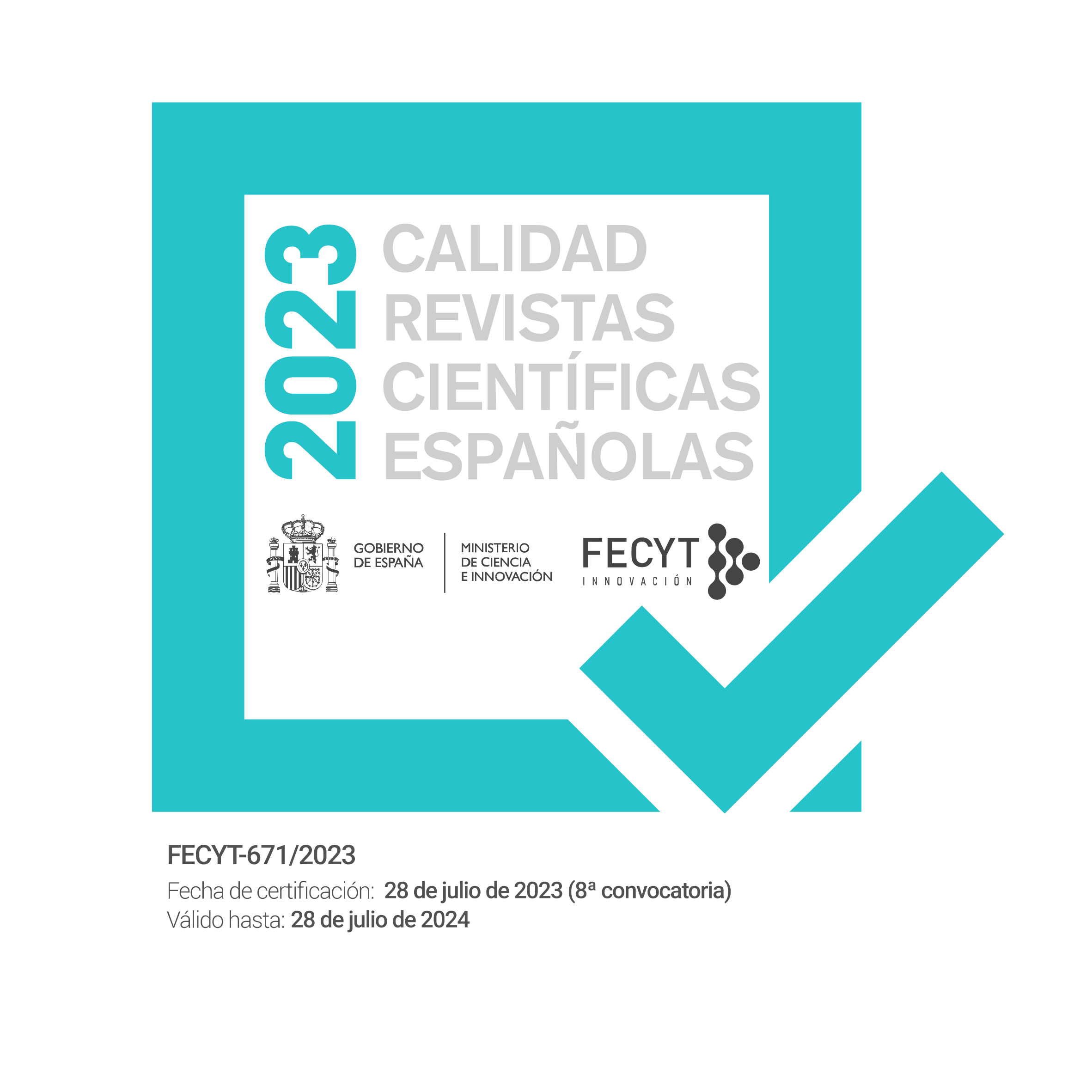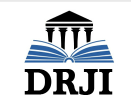Strategic Litigation as a Framework for the Protection of Indigenous Rights. An Analysis of Some of the Achievements, Difficulties and Challenges Involved
DOI:
https://doi.org/10.17561/tahrj.v15.5784Keywords:
strategic litigation, indigenous people rights, collective rights, autonomy, territoriality, criminalizationAbstract
This study is structured into two clearly defined sections. Firstly, strategic litigation will be used as a framework to account for the developments and improvements made to indigenous rights as a result of the remarkable international effort to protect indigenous peoples. Some focal points in the production of strategic litigation discourse on indigenous rights and its guarantees will be considered. These will include the discourse produced by the United Nations and its related institutions in recent years specifically to solve the dramatic situation of indigenous peoples; and the discourse by the Inter-American Court of Human Rights (under the regional aegis of the OAS). Secondly, these developments will be contrasted with a crude diagnosis of reality by identifying the main difficulties and the real limits for the consolidation and implementation of indigenous rights. This will be followed by an outline of the challenges to be faced by indigenous peoples in the coming years, which will compel them to try new ways of political, normative, and strategic thinking.
References
ANAYA, J. (2009), "The right of indigenous peoples to self-determination in the post-Declaration era", in Making the Declaration Work: The United Nations Declaration on the Rights of Indigenous Peoples, Claire Charters and Rodolfo Stavenhagen, eds., IWGIA, Copenhagen, pp. 184-199.
ARÉVALO, A. (2014), El derecho a la consulta previa de los pueblos indígenas en derecho internacional, Cuadernos Deusto de Derechos Humanos, nº 76, Universidad de Bilbao.
AYLWIN, J. (2014), "Los derechos de los pueblos indígenas en América Latina: Avances jurídicos y brechas de implementación" in Jane Felipe Beltrão and others, Derechos humanos de los grupos vulnerables, Red de Derechos Humanos y Educación Superior, Barcelona, pp. 282-294.
BERRAONDO M.(coord.) (2006), Pueblos indígenas y derechos humanos, Universidad de Deusto, Bilbao.
BERRAONDO, M. (2016), La protección de los territorios de los pueblos en aislamiento en América del Sur a partir del desarrollo de los derechos territoriales de los pueblos indígenas, Tesis Doctoral, Universidad de Deusto, Bilbao.
BRUNNER, L. (2008), "The Rise of Peoples' Rights in the Americas: The Saramaka People Decision of the Inter-American Court of Human Rights", en Chinese Journal of International Law, n.o 7, pp. 699-732. https://doi.org/10.1093/chinesejil/jmn031
CITRONI, G. y QUINTANA, K. I. (2008), "Reparations for Indigenous Peoples in the Case Law of the Inter-American Court of Human Rights", en LENZERINI, F. (Ed.) Reparations for Indigenous Peoples, International and Comparative Perspectives. Oxford University Press, New York.
DAHL, J. (2020), Construyendo autonomías, IWGIA, Perú.
DULITZKY, A. (2010), "Cuando los afrodescendientes se transformaron en pueblos tribales: El Sistema Interamericano de Derechos Humanos y las comunidades rurales negras", El Otro Derecho, nº 41, 2010, pp. 13-48.
ESTUPIÑAN SILVA R. & IBAÑEZ RIVAS J. (2014), "La jurisprudencia de la Corte Interamericana de Derechos Humanos en materia de pueblos indígenas y tribales" in Jane Felipe Beltrão and others, Derechos humanos de los grupos vulnerables, Red de Derechos Humanos y Educación Superior, Barcelona, pp. 301-336.
FUND FOR THE DEVELOPMENT OF THE INDIGENOUS PEOPLES OF LATIN AMERICA AND THE CARIBBEAN (2019), Derechos de los Pueblos Indígenas: Marcos Jurídicos e Institucionales en los Estados Miembros del FILAC, La Paz, Bolivia.
IWGIA (2019), El Mundo Indígena, IWGIA, Copenhague.
IWGIA (2020), El Mundo Indígena, IWGIA, Copenhague.
MARTÍNEZ DE BRINGAS, A. (2012), "El derecho a la consulta de los pueblos indígenas: naturaleza, elementos y procedimientos para su aplicación en el estado", RVAP, nº 93, pp. 127-149.
MARTÍNEZ DE BRINGAS, A. (2018), "Indigenous autonomies in Latin America. A comparative view of the difficulties for the construction of an intercultural Law", Revista d'estudis autonòmics i federals, 28, pp. 101-138.
MARTÍNEZ DE BRINGAS A., YULÁN, M. (2019), Misión de Observación Internacional: Situación de defensoras/es campesinas/os de la tierra y territorio, region de Polochic, Guatemala, Mundu Bat, Bilbao, 2019.
NASH, ROJAS, C. (2008),"Los derechos indígenas en el sistema interamericano de derechos humanos", RIEDH, vol. 1, no 1, pp. 61-86.
OECD (2018), Due Diligence Guidance for Responsible Business Conduct, OECD.
PATIÑO PALACIOS, L. A. (2014), "Fundamentos y práctica internacional del derecho a la consulta previa, libre e informada a pueblos indígenas", en Anuario Colombiano de Derecho Internacional, n.o 7, pp. 69-111. https://doi.org/10.12804/acdi7.2014.03
PENTASSUGLIA, G. (2011), "Towards a Jurisprudential Articulation of Indigenous Land Rights", in European Journal of International Law, nº 22(1), pp. 165-202. https://doi.org/10.1093/ejil/chr005
SALMÓN, E. (2010), Los pueblos indígenas en la jurisprudencia de la Corte Interamericana de Derechos Humanos: Estándares en torno a su protección y promoción, GTZ, Lima, 2010.
SVAMPA, M. (2018), Las fronteras del neoextractivismo en América Latina. Conflictos socioambientales, giro ecoterritorial y nuevas dependencias, Universidad de Guadalajara, México.
SVAMPA, M (2019), Neoextractivism in Latin America, Cambridge University Press, Cambridge.
YRUGOYEN, R. (2016), "Pluralismo jurídico y jurisdicción indígena en el horizonte del constitucionalismo pluralista" en H. AHRENS, "El Estado de derecho hoy en América Latina. Libro en homenaje a Horst Schöbohm", UNAM, Instituto de Investigaciones Jurídicas, 2016, p 174-195.




























